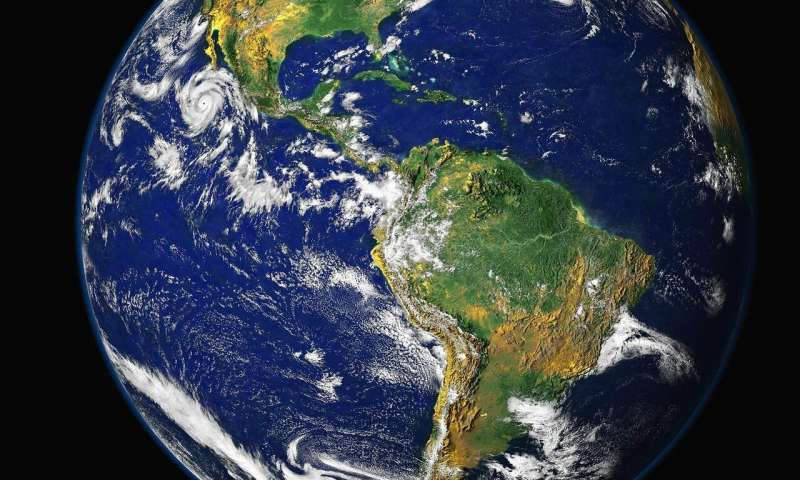HOME
Unprecedented energy use since 1950 has transformed humanity's geologic footprint

A new study coordinated by CU Boulder makes clear the extraordinary speed and scale of increases in energy use, economic productivity and global population that have pushed the Earth towards a new geological epoch, known as the Anthropocene. Distinct physical, chemical and biological changes to Earth's rock layers began around the year 1950, the research found.
Led by Jaia Syvitski, CU Boulder professor emerita and former director of the Institute of Alpine Arctic Research (INSTAAR), the paper, published today in Nature Communications Earth and Environment, documents the natural drivers of environmental change throughout the past 11,700 years—known as the Holocene Epoch—and the dramatic human-caused shifts since 1950. Such planetary-wide changes have altered oceans, rivers, lakes, coastlines, vegetation, soils, chemistry and climate.
"This is the first time that scientists have documented humanity's geological footprint on such a comprehensive scale in a single publication," said Syvitski, former executive director of the Community Surface Dynamics Modeling System, a diverse community of international experts from who study the interactions between the Earth's surface, water and atmosphere.
In the past 70 years, humans have exceeded the energy consumption of the entire preceding 11,700 years—largely through combustion of fossil fuels. This huge increase in energy consumption has then allowed for a dramatic increase in human population, industrial activity, pollution, environmental degradation and climate change.
News Source